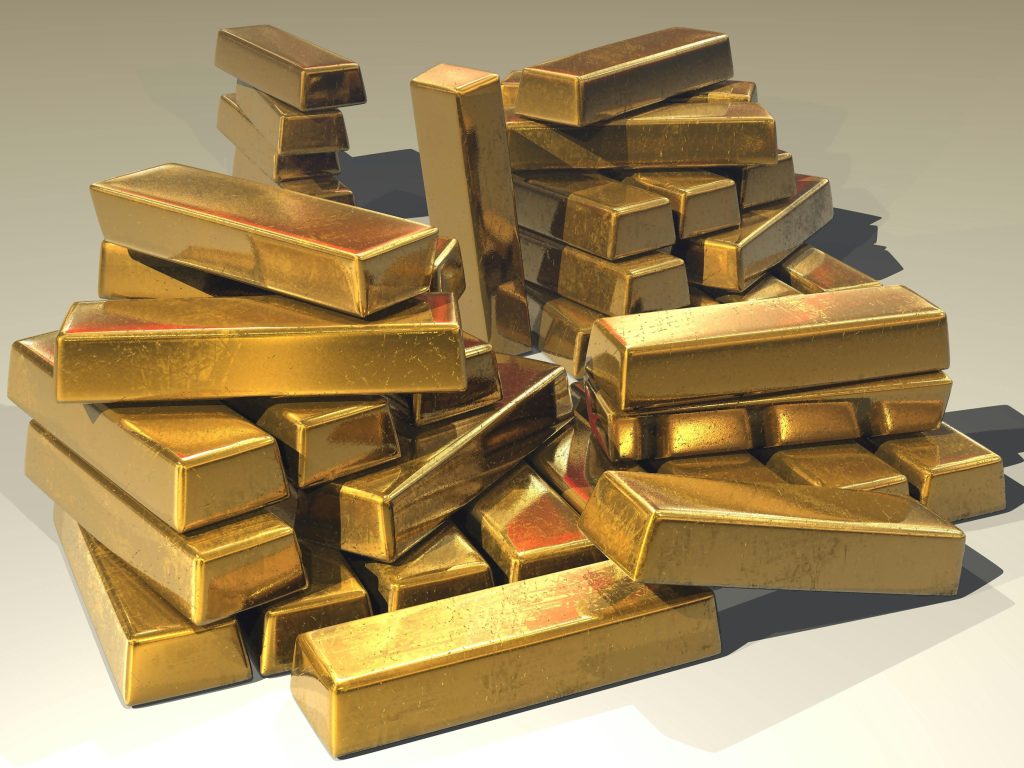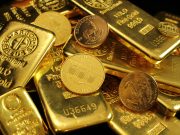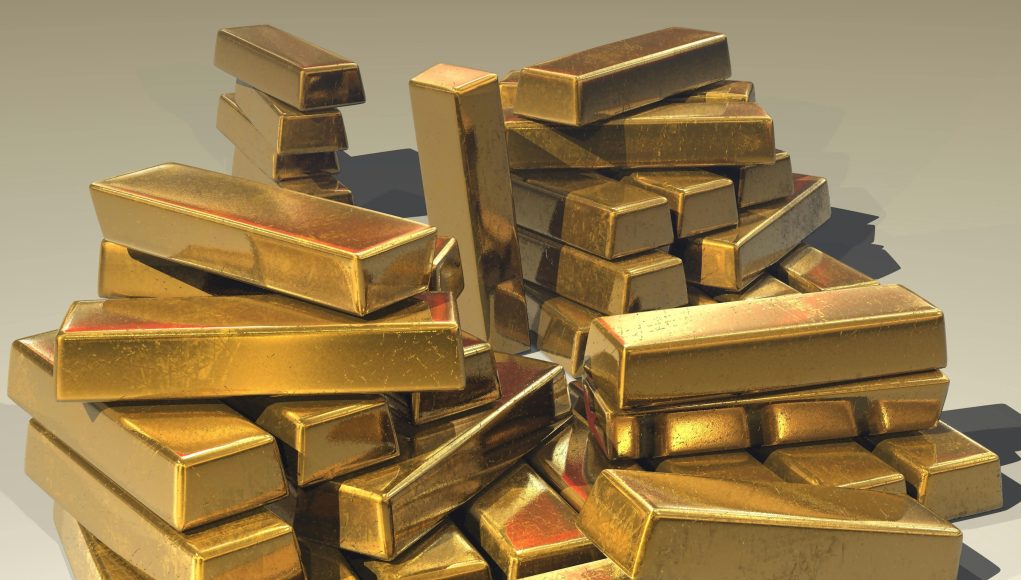
(Singapore, 25.08.2025) In a moment of high-stakes economic theater, Federal Reserve Chair Jerome Powell delivered a keynote address at the annual Jackson Hole symposium that has sent shockwaves through global markets, placing the spotlight squarely on gold. The precious metal, which had been trading near $3,370 an ounce, is holding its ground as investors lock in expectations for a U.S. interest rate cut as soon as next month.
Powell’s speech, delivered against a backdrop of rising geopolitical tensions and a ‘curious’ labor market, was a masterclass in cautious communication. While stopping short of a definitive promise, his remarks signaled a shift in the Fed’s stance. The central bank, he noted, is facing a “challenging situation” with inflation risks now tilted to the upside but employment risks moving to the downside. This delicate balancing act has led policymakers to seriously consider a rate reduction to prevent a more significant economic slowdown.
This dovish pivot immediately reverberated across financial markets. Two-year Treasury yields tumbled, and a key gauge of the U.S. dollar’s strength fell to a four-week low. For gold, this is a potent combination. Because it doesn’t pay interest, gold becomes more attractive to investors when the returns on interest-bearing assets like bonds decline. Furthermore, a weaker U.S. dollar makes gold, which is priced in the greenback, more affordable for buyers holding other currencies.
According to the CME FedWatch Tool, traders are now pricing in a near-certainty of a 25 basis point rate cut at the September policy meeting, with a possibility of further cuts by year-end. This remarkable shift in sentiment from just a week ago underscores the profound impact of Powell’s words and sets the stage for a potentially strong finish to the year for gold.
Beyond the Fed: A Perfect Storm for Bullion
While the prospect of lower interest rates is the most immediate catalyst for gold’s rally, it is by no means the only one. Gold has been on an extraordinary run, climbing by more than a quarter this year, and the momentum is driven by a confluence of powerful, long-term trends.
First and foremost is the escalating geopolitical landscape. The ongoing conflict between Russia and Ukraine continues to cast a long shadow over global stability. Ukrainian President Volodymyr Zelensky’s recent defiant address, coupled with reports of renewed attacks, serves as a stark reminder of the fragile peace. In times of such uncertainty, gold’s status as the ultimate safe haven is reaffirmed. Investors, from private individuals to central banks, flock to gold as a hedge against currency devaluations, political instability, and economic shocks.
Central bank demand, in particular, has been a key driver of gold’s remarkable performance. Emerging economies, seeking to diversify their reserves away from the U.S. dollar and protect against global sanctions, have become voracious buyers. This structural shift in official sector demand has provided a robust foundation for gold prices, a trend that is expected to continue for the foreseeable future.
Moreover, the specter of inflation, which Powell himself acknowledged, adds to gold’s appeal. The precious metal is widely considered a hedge against rising prices, as its value tends to hold firm when the purchasing power of fiat currencies erodes. The upcoming release of the U.S. personal consumption prices report will be closely watched by investors for signs that inflation is indeed creeping up, potentially adding another bullish tailwind for gold.
The Road Ahead
Despite the overwhelmingly positive outlook, the path for gold may not be a smooth ascent. The latest Commodity Futures Trading Commission data reveals that hedge funds have trimmed their bullish positions to a six-week low. This suggests that some institutional investors are exercising caution, potentially due to the lingering uncertainty surrounding the U.S. economy and the Fed’s future actions.
The release of the preliminary U.S. Q2 GDP report later this week will be a critical data point. A stronger-than-expected growth number could boost the U.S. dollar and lead to a temporary pullback in gold prices. However, many analysts believe that any such dip would be short-lived and represent a buying opportunity for those looking to get into the market.
For now, the technical picture for gold remains bullish. The metal has been consolidating after its recent gains, with a key support level around $3,350 and a psychological resistance at the $3,400 mark. A decisive break above this resistance could open the door to new record highs.
The Fed’s new caution is a gift to the gold market. Powell’s signal of a potential end to high interest rates has reignited a powerful rally. With geopolitical risks and strong central bank demand, gold’s long-term outlook has never looked better. The stage is set for a strong finish to the year.





































